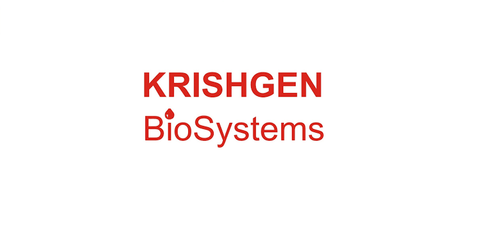Product Description
Human Tryptase gamma (TPSG1) ELISA Kit | AE59546HU | Abebio
Species Reactivity: Human (Homo sapiens)
Abbreviation: TPSG1
Alternative Name: PRSS31; TMT; trpA; gamma I|gamma II|lung tryptase|mast cell protease II|mast cell tryptase|pituitary tryptase|skin tryptase|transmembrane tryptase|tryptase gamma I|tryptase gamma II
Application: ELISA
Range: 0.156-10 ng/mL
Sensitivity: 0.052 ng/mL
Intra-Assay: ≤4.3%
Inter-Assay: ≤8.6%
Recovery: 1, 05
Sample Type: Serum, Plasma, Other biological fluids
Detection Method: Sandwich
Analysis Method : Quantitive
Test Principale: This assay employs a two-site sandwich ELISA to quantitate TPSG1 in samples. An antibody specific for TPSG1 has been pre-coated onto a microplate. Standards and samples are pipetted into the wells and anyTPSG1 present is bound by the immobilized antibody. After removing any unbound substances, a biotin-conjugated antibody specific for TPSG1 is added to the wells. After washing, Streptavidin conjugated Horseradish Peroxidase (HRP) is added to the wells. Following a wash to remove any unbound avidin-enzyme reagent, a substrate solution is added to the wells and color develops in proportion to the amount of TPSG1 bound in the initial step. The color development is stopped and the intensity of the color is measured.
Product Overview: Tryptases comprise a family of trypsin-like serine proteases, the peptidase family S1. Tryptases are enzymatically active only as heparin-stabilized tetramers, and they are resistant to all known endogenous proteinase inhibitors. There is uncertainty regarding the number of genes in this cluster. Currently four functional genes - alpha I, beta I, beta II and gamma I - have been identified. And beta I has an allelic variant named alpha II, beta II has an allelic variant beta III, also gamma I has an allelic variant gamma II. TPSG1 differs from other members of the tryptase gene family in that it has C-terminal hydrophobic domain, which may serve as a membrane anchor. Tryptases have been implicated as mediators in the pathogenesis of asthma and other allergic and inflammatory disorders.
Stability: The stability of ELISA kit is determined by the loss rate of activity. The loss rate of this kit is less than 5% within the expiration date under appropriate storage condition. The loss rate was determined by accelerated thermal degradation test. Keep the kit at 37°C for 4 and 7 days, and compare O.D.values of the kit kept at 37°C with that of at recommended temperature. (referring from China Biological Products Standard, which was calculated by the Arrhenius equation. For ELISA kit, 4 days storage at 37°C can be considered as 6 months at 2 - 8°C, which means 7 days at 37°C equaling 12 months at 2 - 8°C) .
 Euro
Euro
 USD
USD
 British Pound
British Pound
 NULL
NULL








